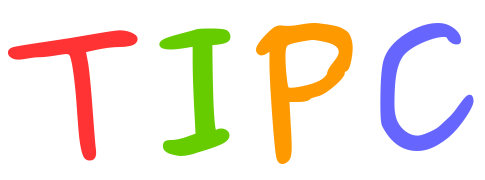

Tumor-Immune Partitioning and Clustering
|
 |
|
 |
|
 |
|
 |
|
 |
|
 |
|
 |
Query data and parameters2D Cell Data
cell types, i.e. tumor, stroma, immune X coordinate of cells, in pixels Y coordinate of cells, in pixels tumor or patient identifiers, character strings core identifiers, character strings Density Data (OPTIONAL for annotating user-input tumor density data to clustering heat maps)
density values of celltype1 density values of celltype2 Survival Data (OPTIONAL for Kaplan Meier curves & cox proportional hazards regression analyses)
survival time, numeric censoring data, binary covariate var1, factor covariate var2, factor ... covariate varn, factor Hexagon Size Min Hexagon Size Max Step Size
TIPC web server allows users to assess the tumor-immune cell interactions at different resolution from Hexagon Size Min to Hexagon Size Max at Step Size. Selection of the optimal subregion size requires balancing the degree of resolution for immune cell partitioning between tumor epithelial and stromal areas against the probability of generating an excess number of uninformative subregions lacking immune cells (Figure 1). Number Cluster MinNumber Cluster Max
TIPC web server facilitates users to evaluate the spatial characteristics (as quantified by TIPC parameters) at different resolution. Email address |

|
|
Figure 1. Evaluation of effect of subregion size on TIPC spatial parameter value distribution, using CD3+ T-cells in 931 CRC samples. Two representative ROIs demonstrating different subregion sizes in (a) a stromal region and (b) a tumor region predominating CRC tissue sections. (c) Distribution of TIPC spatial parameter values (in normalized counts) across a range of subregion sizes i.e., 20-55 µm. Subregion sizes smaller than 30 µm demonstrated an underrepresented I:T low measure . Running time |